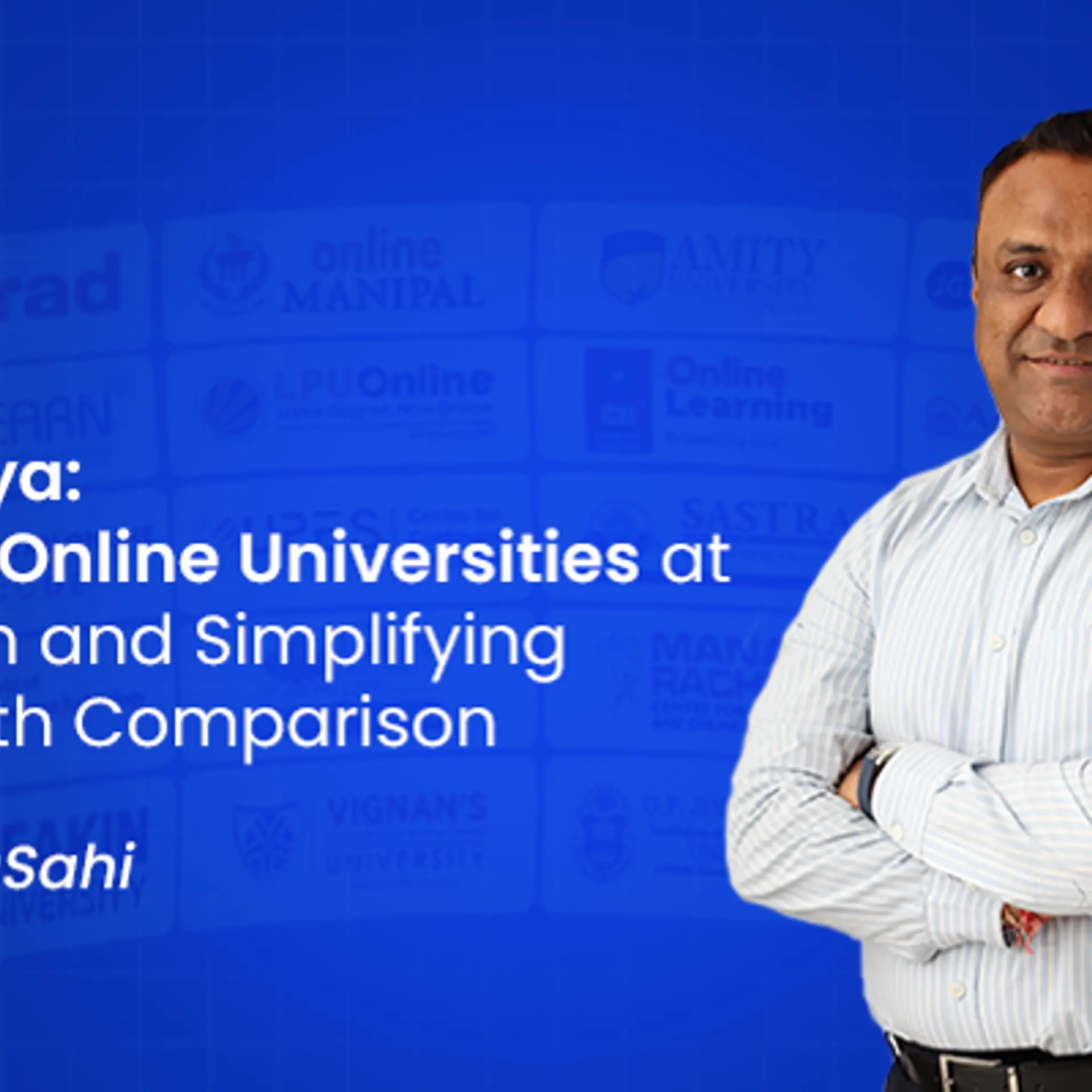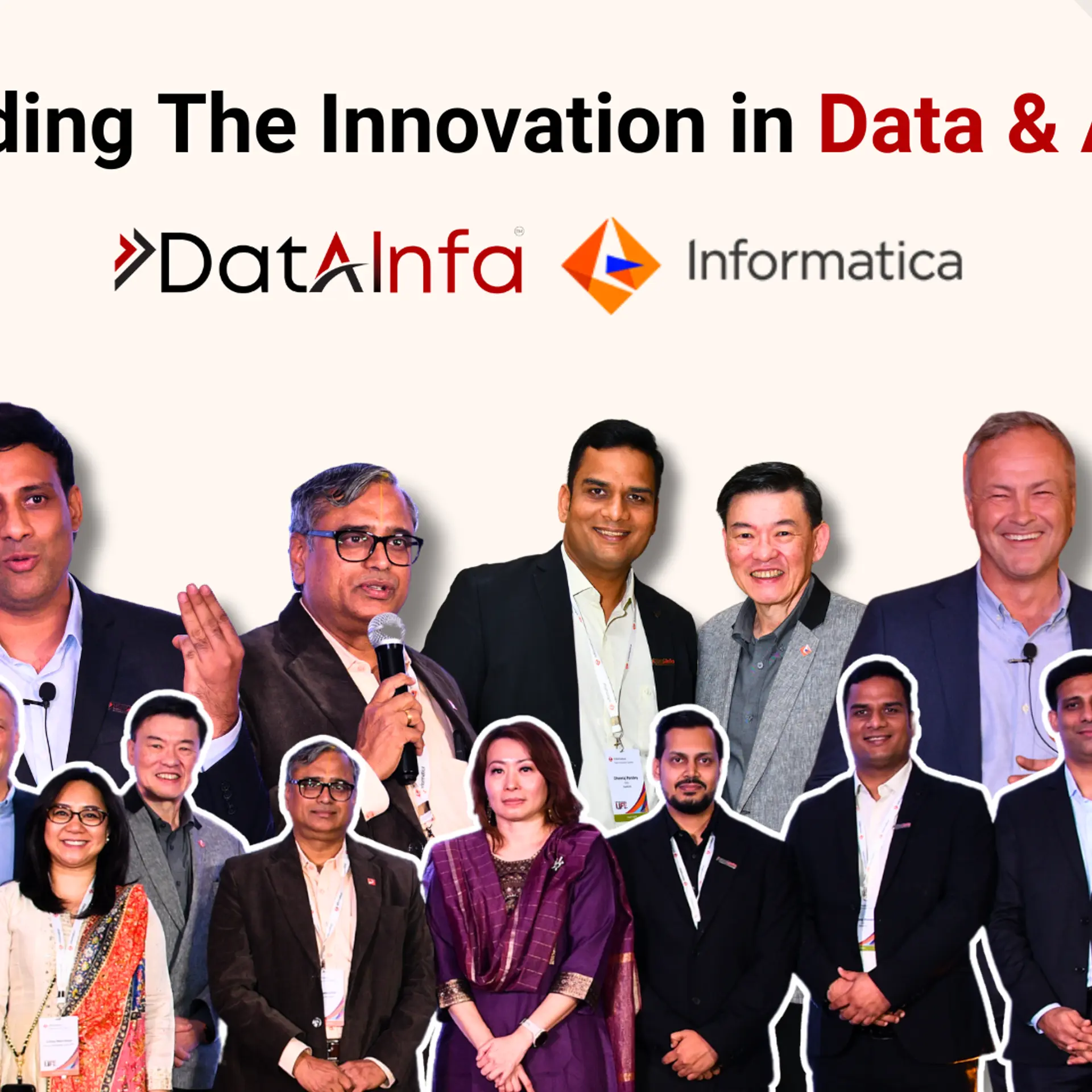[TC-I Changemakers]: A conversation with Dr. Harish Hande of SELCO
Editor’s note: The following interview is part of an ongoing series for ThinkChange India where we interview social entrepreneurs firsthand. The ThinkChange India staff is committed to providing our readers with first-hand insights from groundbreaking changemakers. Readers will be able to see other conversations under our TC-I Changemakers tab.
This is the first interview from SoCap09 – please continue checking back throughout the next week as more conversations with Indian social entrepreneurs will be posted.

One of the grassroots social enterprise voices at SoCap09 was that of Harish Hande, founder of SELCO, a solar energy services company. SELCO has won a number of awards for their innovations and it has grown steadily in the last 15 years of its operations. You can learn the basic background of SELCO from previous TC-I coverage here and here, as this interview moves past just the facts of the company. TC-I Managing Editor Shital Shah met with Dr. Hande to discuss SELCO’s growth, his experience as a social entrepreneur, and more.Please note that Dr. Hande’s answers below are not verbatim.
TC-I: What steps has SELCO taken to work in close partnership with the government (In 2008, Government of India placed 600 crore towards green energy research, creating incentives for adoption of renewables). Given that so far all of SELCO’s investors are social VCs from the Western world, does SELCO see itself receiving any investment capital from the government?
Harish Hande (HH): We do work with government to influence policy, but do not want to work with the government for business. Right now, the government talks about financial inclusion – we want this conversation to include energy inclusion. There are 650 million people living off the grid. We would like to help the government realize that they can gain a lot from solar energy.
TC-I: SELCO, as of 2008, was servicing 80,000 clients. What is their strategy for achieving scale – how do they foresee going from 80,000 to 8 million clients?
HH: It is important to clearly differentiate between a want and a need. You can scale by standardization for a want. For a need, you have to customize based on the context, which takes time.
Also, we think not about scalability, but about how we replicate. For example, people in Andhra Pradesh will have different lighting needs, a different cultural background, and a different custom of paying back. Right now, my dining room light is different from my neighbor’s dining room light. We have a choice, so why can’t the poor?
SELCO is also focusing on replication by starting up an incubation system for sustainable energy entrepreneurs near Bangalore, called SELCO Labs. The young entrepreneurs can start up their own SELCO franchise, or their own separate enterprise, and keep us on their Board of Advisors.
TC-I: D.Light Design, MightyLight (cosmos ignite) – lots of competition in this space. Not to mention large companies like Moser Baer getting exciting about solar. How will this affect SELCO?
HH: Actually, they aren’t competitors. We are a service model. We are two levels below Moser Baer, and one level below D.Light Design. We have expertise in the financial scheme, not the product. We focus completely on the end service.
TC-I: Isn’t solar lighting a temporary answer? Eventually we need all villages and homes electrified, and soon enough, it will happen. This will be more economical, especially for the poor. What will SELCO do then?
HH: We were asked the same questions in 1994, and we’re still here. Out of 110,000 clients, 40% have grid, which tells us that even those on the grid have unreliability as a major issue. There is clearly a need for solar energy services.
TC-I: Any advice for aspiring social entrepreneurs or people starting-up social businesses, especially in India?
HH: Don’t start with money. When your back is to the world, you can innovate. Get the management team first, then the money. Get four or five people to OWN the business plan. SELCO raised money only after three years of formation. We wouldn’t have had the same innovation if we had the money right from the beginning.
TC-I: In building SELCO, can you give us an example of a challenge/failure and how you overcame it? Did you ever think you wouldn’t make it?
HH: We failed more than 95% of the time. But I would go back and do the same thing. If you think about it, 5% is actually a large success. Because the barriers are there, you wake up early in the morning to get going. The frustrations actually acted as a motivation.
One of the biggest barriers is human resources. We need people who can think holistically. The education system in India right now is very modular. Most of our middle-management has come out of luck. Social entrepreneurs need a lot of patience – eventually, the right people will come to you.
Another barrier has been dealing with multilaterals. People who are in multilaterals have little or no ground experience. That’s the same reason we do not take people from IITs and IIMs. Entrepreneurs should look into rural India – there is a lot of talent. They just need the opportunity.






